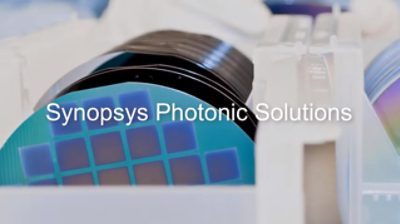Synopsys’ Optical Solutions Group has been acquired by Keysight. Visit Optical Solutions at Keysight to see what’s new and access support and software for CODE V, ImSym, LightTools, LucidShape products, RSoft Photonic Device Tools, RSoft Photonic Device Compiler, VisionSym, SmartStart Library, optical scattering measurement products (including TIS Pro, Mini-Diff, and REFLET 180S), and optical engineering services.
The industry's only seamless design flow for photonic devices, systems, and integrated circuits
We accelerate innovations in:
Optical Communications ∙ Sensing and Imaging Applications Using Photonic and PIC Technologies ∙ AR/VR ∙ Silicon Photonics
Design photonic products quickly and accurately with our comprehensive solutions portfolio

Photonic Integrated Circuits
Synopsys OptoCompiler is the industry’s first unified electronic and photonics design platform for fast, flexible photonic IC design.

Photonic Systems
Synopsys OptSim provides comprehensive simulations of photonic ICs and optical communication systems.
Ready to design high-performance photonic technologies?
Markets, Applications, and Technologies
- Communication Systems
- 5G
- Radio-over-fiber networks
- Microwave photonics
- AR/VR
- Quantum computing
- Photonic components: passive and active
- LiDAR
- Chemical sensing
- Metalenses and metasurfaces
- Spectroscopy
- Silicon photonics, InP, SiN, PLC, polymers and more
- Transceivers for coherent and non-coherent fiber optic communication systems
- Photonic systems with multipath interference (MPI), reflections and resonances
- Ring resonators, ring modulators, Traveling-Wave Mach-Zehnder Modulators (TW-MZM), optical filters
- Biophotonic sensors





